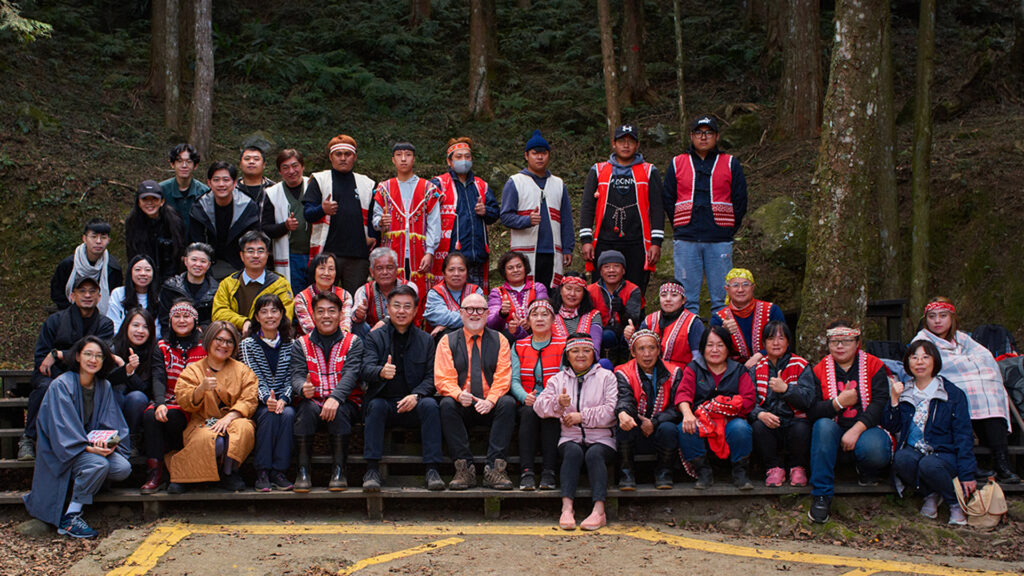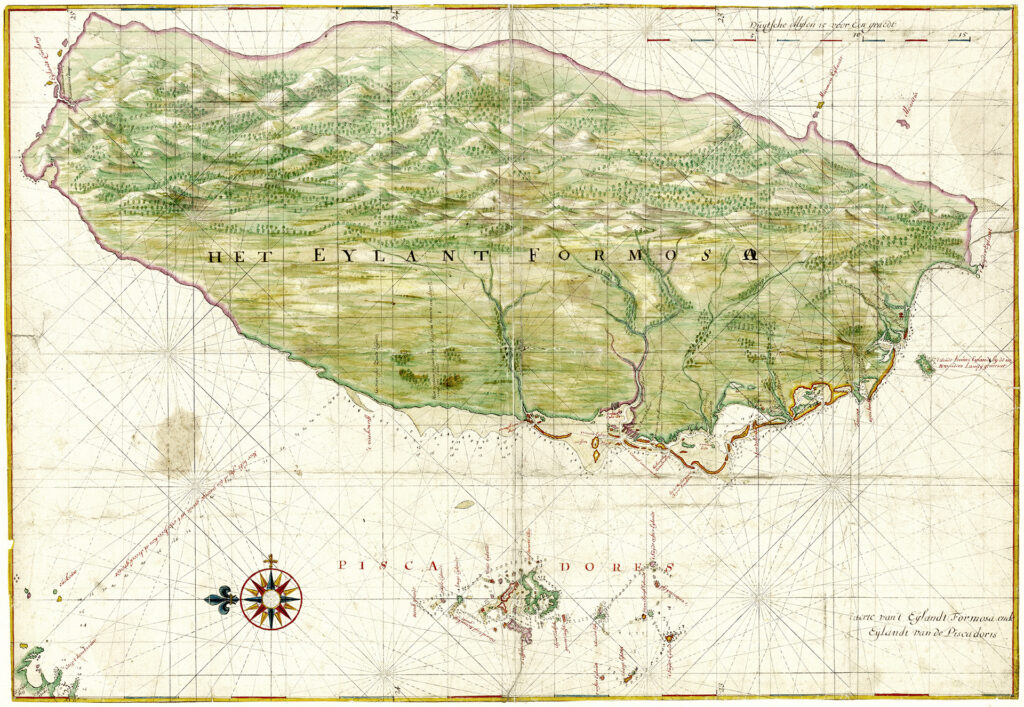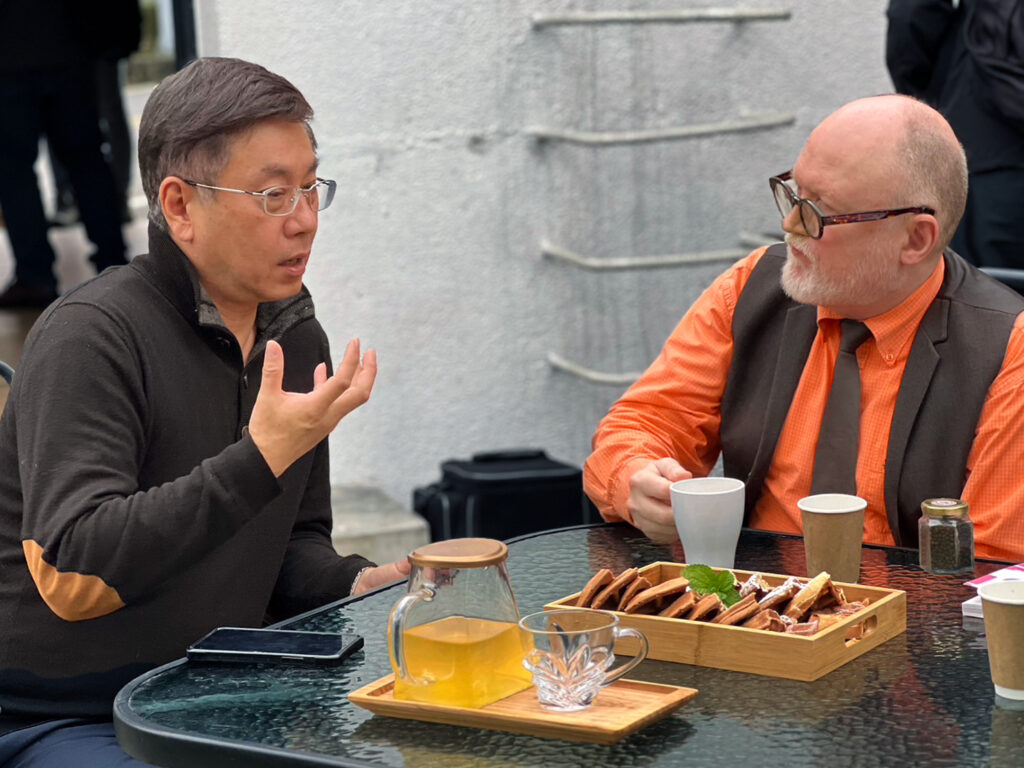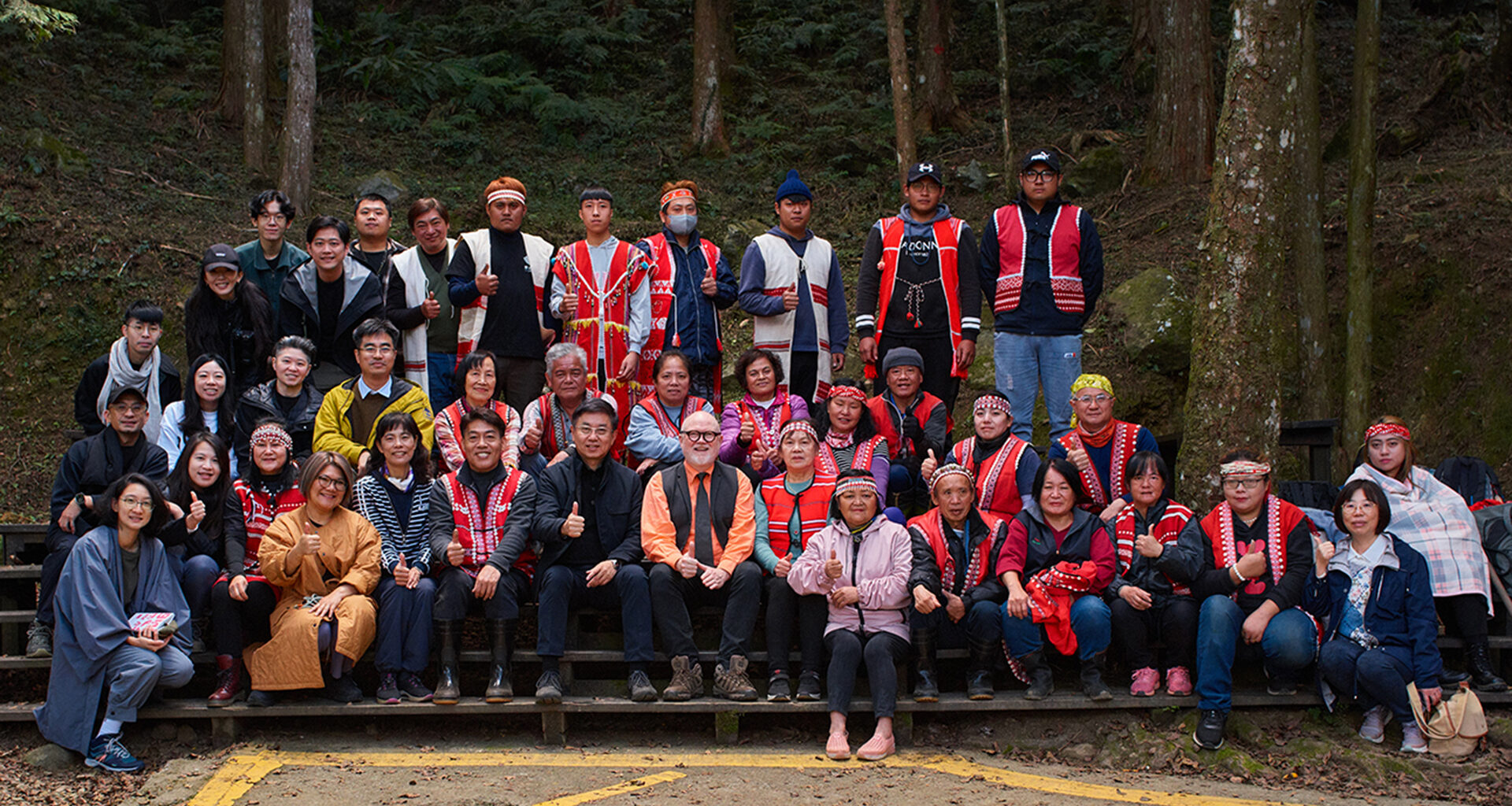The current life and stewardship of the Miaoli forests that the aboriginal Saisiyat community today manages in a more familial way with Taiwan’s Hsinchu Branch Forestry and Nature Conservation Agency is a success story within the world’s current fragile ecology.
From Australia to the Americas, the relationship between aboriginal peoples, the land conservation, and modern society and government is often fraught and mistrusting. So the success and approach in Taiwan today by the Saisiyat people and the Hsinchu Branch Forestry and Nature Conservation Agency gives the world hope that in other countries and situations similar relationships can be mended, while we try to fix the mistakes of our fathers and “be better” going forward.
The Saisiyat people are regarded as one of Taiwan’s oldest Aboriginal communities. They’re known as Austronesian-speaking peoples and their language appears to have spread outwards from the Taiwan region through to Micronesia, coastal New Guinea, Island Melanesia, Polynesia, and Madagascar.
Taiwan’s geological history is particularly interesting as rising and falling sea levels over the Pleistocene (2.58 million – 11,700 BC) through to the Neolithic (4300 – 2000 BC) periods meant that land bridges occurred and enabled the movement of animals and early tribes to, it’s thought, easily reach Taiwan and other islands.

In Maioli County, where the Saiysiat People live in the mountains, there was a discovery in 1995 in Dahu Township, Miaoli, of very early tools and human activity potentially as early as around 6820 BC to 6680 BC in one instance, and possibly earlier than 45000 BC in another, based on the radiocarbon dating of the samples. However, these dates are subject to the complexities and uncertainties of archaeological interpretation.
The mountains and plains of northern Taiwan were once the traditional home of the Saisiyat, Taokas, and Atayal peoples. Up until the mid-1600s, there was a Spanish settlement in the north of Taiwan (then known as Formosa) until the Dutch ousted the Spanish in 1642. The period of Dutch rule saw various conflicts with the Indigenous peoples. By 1662, the Dutch had surrendered Taiwan, not to China’s Qing Empire, but to Koxinga, a Ming loyalist. It wasn’t until 1683 that the Qing Dynasty established control over Taiwan, following their defeat of Koxinga’s successors.

The 17th century saw new immigration from mainland China’s Hakka people, which began to change the dynamics within regions inhabited by the Saisiyat, particularly in mountainous areas crucial for farming. The arrival of the Hakka led to increased competition for land and resources, impacting the Saisiyat’s traditional way of life.
During the Japanese occupation of Taiwan, the lands inhabited by the Saisiyat, as well as the mountain areas farmed by both the Saisiyat and the Hakka (notably for camphor), were declared ‘public territories’. This resulted in significant control over these lands by the Japanese, affecting the traditional rights and practices of both the Saisiyat and Hakka communities.
During the Japanese Occupation of Taiwan (1895-1945), the mountains of Miaoli, rich in cypress, cedar, and pine, were heavily logged to meet Japan’s construction and wartime demands. This extensive logging had a significant impact on the Sasiyat people. The authorities’ efforts led to the depletion of these trees from the Miaoli forests.

The Sasiyat were forced to leave their ancestral forests and were relocated to areas along “surveillance roads.” These areas were closely monitored by Japanese police, significantly altering their daily lives and social structures. Traditional practices like mountain hunting were aggressively discouraged, and so the Sasiyat livelihood, closely tied to the mountain, was greatly affected. The constant surveillance undermined their sense of security and independence.
Following the Japanese surrender in 1945, land ownership rights in mountainous areas like Miaoli were remained unclear, with overlapping claims between indigenous communities, former Japanese settlers who had been repatriated to Japan, and the government itself. This legal ambiguity made it difficult for the Saisiyat to reclaim their ancestral lands.
The government prioritized national security and viewed indigenous communities in sensitive border regions with suspicion. The Saisiyat’s traditional hunting and land use practices were sometimes seen as incompatible with the government’s desire to control and monitor these areas. This led to restrictions on their movement and further impeded their return to ancestral lands.
In the post-war era, Taiwan also underwent rapid economic development and industrialization known as the “Taiwan Miracle”. This led to policies focused on conservation and resource management, including the establishment of national parks and protected areas in mountainous regions. While these policies aimed to preserve the environment, they often overlapped with traditional lands claimed by indigenous communities, again restricting their access and hindering their return.

The 1980s ushered in political reforms, including the lifting of martial law and increased press freedom. This paved the way for greater activism among Indigenous communities, including the Saisiyat. They formed organizations, filed legal claims, and protested for land rights and cultural recognition.
By the 1990s, Taiwan had transitioned to a semi-presidential democracy, and it began a time that was more receptive to indigenous demands, passing the first laws recognizing their land rights and cultural autonomy.
The 2000s saw further advancements: Indigenous languages were incorporated into education, traditional territories were demarcated, and the Saisiyat and other groups gained official recognition.
The big change came in 2018. The Hsinchu Branch Forestry and Nature Conservation Agency in a very smart move decided to re-enable the Saisiyat peoples right to hunt, forage and part-manage the mountain homeland. In 2018, the Saisiyat people and the government signed a contract for forestry management, providing Indigenous people jobs conducting mountain patrols and engaging in sustainable timber harvesting. This was a huge step in rectifying issues from the past and to bring together the Saisiyat people, Taiwan’s people and the government into a family that could work and live together again.

A gentle, sensitive approach to commercialising Saisiyat-produced products from the forest – like wild Nanzhuang forest honey, dried wild mushrooms only found in this region, aromas distilled from forest flowers and plants, even the memories of the Saisiyat elders written and illustrated as children’s books – starts to create this income that can become a revenue to pay for further improvements as well as building a better uderstanding with tourists and local vistors about what the forest life is all about.
From this point onward, the Saisiyat people with the renewed understanding and support from the Hsinchu Branch Forestry and Nature Conservation Agency saw greater opportunities to return from the cities to rebuild/re-establish mountain communities, as they encourage younger Saisiyat generations to rebuild their relationship with the forest, their heritage and culture.

